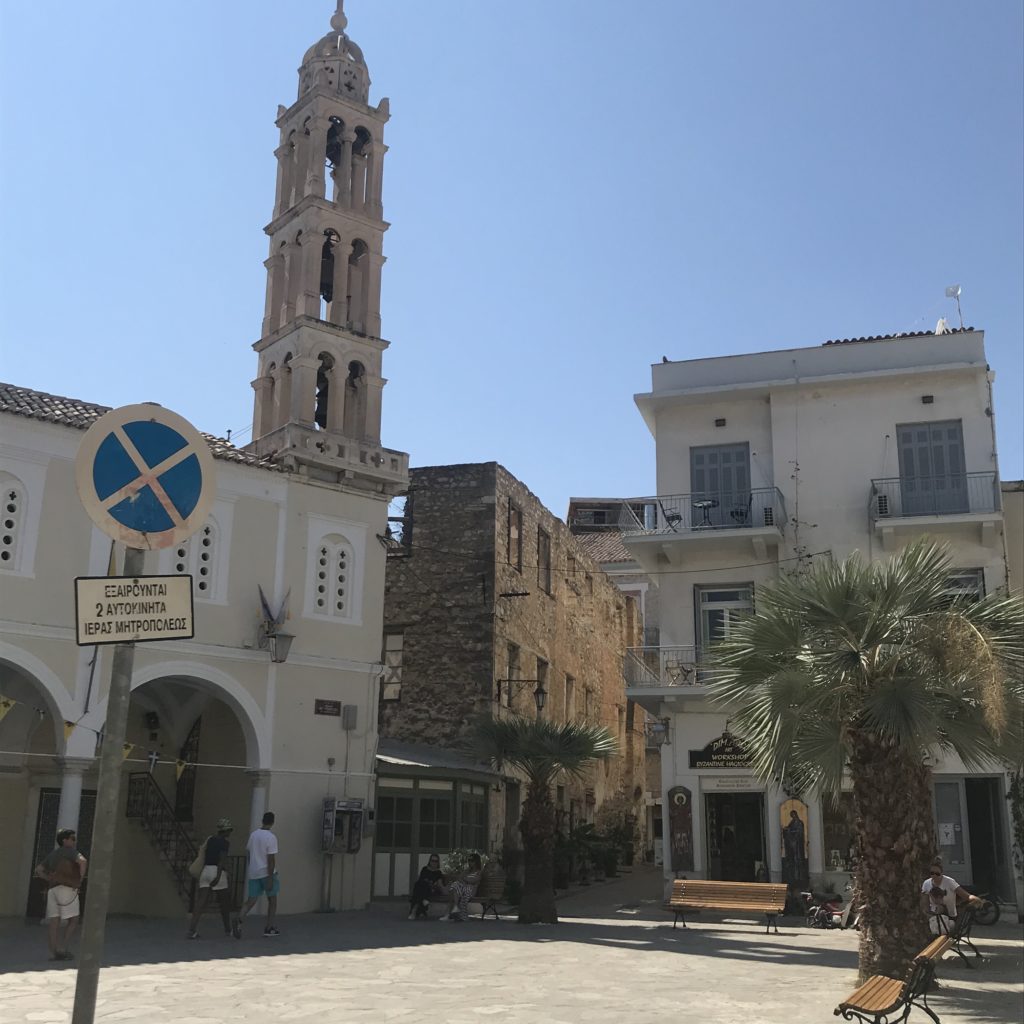The name of the town changed several times over the centuries. The modern Greek name of the town is Nafplio (Ναύπλιο). In modern English, the most frequently used forms are Nauplia and Navplion.
In Classical Antiquity, it was known as Nauplia (Ναυπλία) in Attic Greek and Naupliē (Ναυπλίη) in Ionian Greek. In Latin, it was called Nauplia.
During the Middle Ages, several variants were used in Byzantine Greek, including Náfplion (Ναύπλιον), Anáplion (Ἀνάπλιον), and Anáplia (Ἀνάπλια).
During the Late Middle Ages and early modern period, under Venetian domination, the town was known in Italian as Napoli di Romania, after the medieval usage of “Romania” to refer to the lands of the Byzantine Empire, and to distinguish it from Napoli (Naples) in Italy

